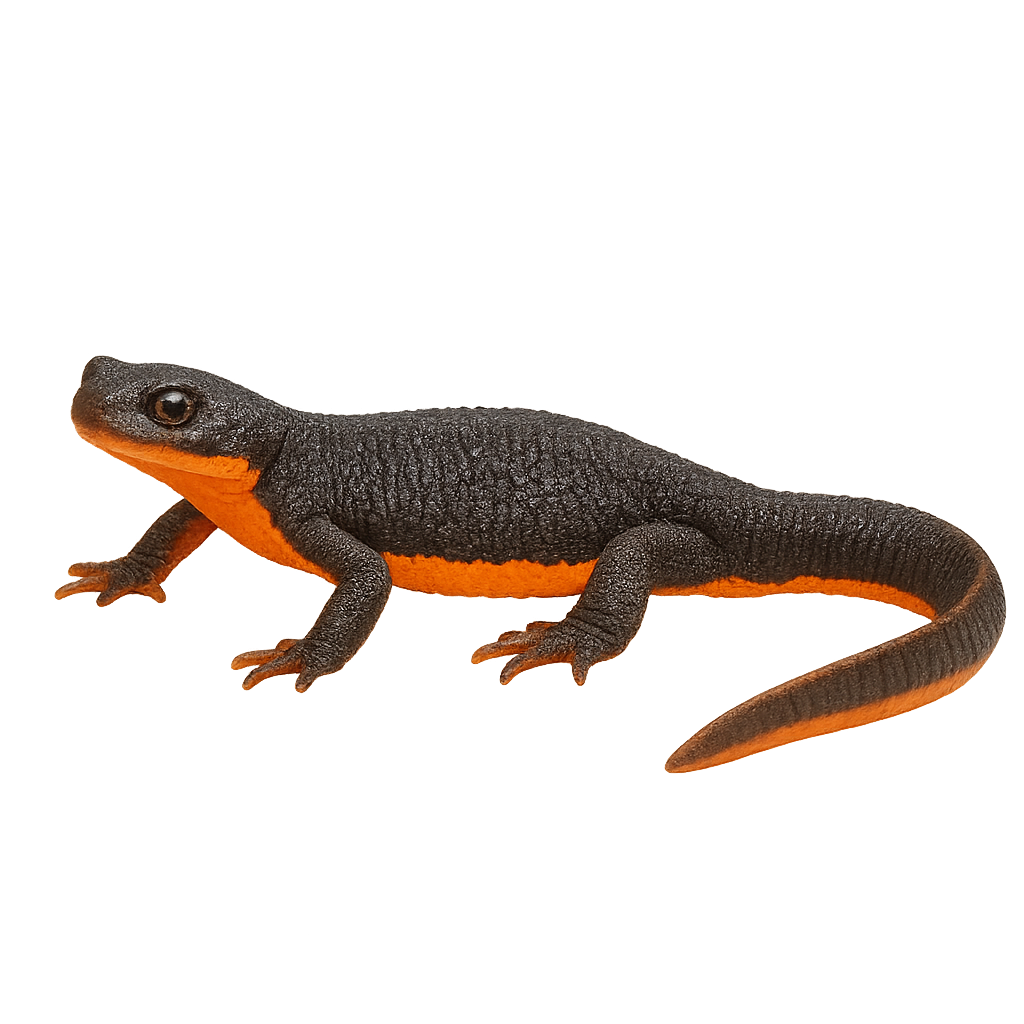Your wildlife photography guide.
Explore the rough-skinned newt in detail, study its behavior, prepare your shots.
Where to observe and photograph the rough-skinned newt in the wild
Learn where and when to spot the rough-skinned newt in the wild, how to identify the species based on distinctive features, and what natural environments it inhabits. The WildlifePhotographer app offers tailored photography tips that reflect the rough-skinned newt’s behavior, helping you capture better wildlife images. Explore the full species profile for key information including description, habitat, active periods, and approach techniques.
Rough-skinned Newt
Scientific name: Taricha granulosa

IUCN Status: Least Concern
Family: SALAMANDRIDAE
Group: Amphibians
Sensitivity to human approach: Suspicious
Minimum approach distance: 2 m
Reproduction period: March to May
Incubation: 21–28 jours
Births: April to June
Habitat:
Moist forests, streams, ponds
Activity period :
Mainly active at night, generally discreet during the day.
Identification and description:
The Rough-skinned Newt, or Taricha granulosa, is a species of salamander found along the Pacific coast of North America. It is easily identified by its rough, grainy skin and dark brown coloration, with a bright orange underside. This newt is particularly famous for its potent toxin, tetrodotoxin, which deters predators. Typically measuring between 12 and 22 cm, it inhabits moist forests, streams, and ponds. During the breeding season, it migrates to still waters to lay eggs. Despite its toxicity, it plays a crucial role in the ecosystem by controlling aquatic insect populations.
Recommended lens:
Macro – adjust based on distance, desired framing (portrait or habitat), and approach conditions.
Photography tips:
To photograph the Rough-skinned Newt, it is advisable to use a macro lens to capture the details of its grainy skin and vivid colors. Approach slowly and avoid sudden movements to prevent scaring it. Photograph it in its natural habitat, such as near a stream or pond, to add context to your images. Dusk or nighttime hours are ideal for observing its active behavior. Use a tripod for stable shots and play with natural light to highlight its colors.
The WildlifePhotographer App is coming soon!
Be the first to explore the best nature spots, track rutting seasons, log your observations, and observe more wildlife.
Already 1 429 wildlife lovers subscribed worldwide

